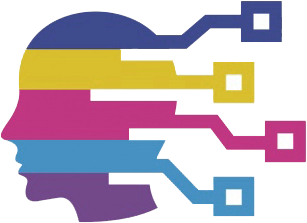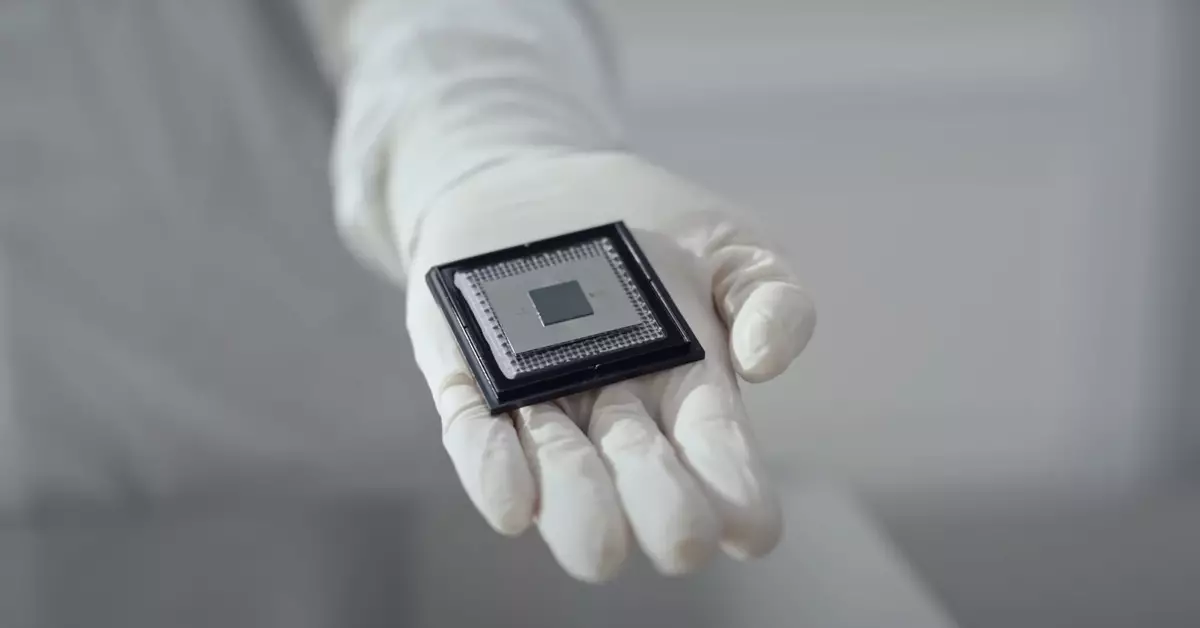With the rapid advancements in technology, the realm of quantum computing has generated significant interest and concern, particularly regarding its implications for cybersecurity. Experts predict that as quantum computing evolves, it may soon overpower the encryption systems securing our digital world today. However, Google, a key player in this field, has clarified that its latest innovation, the Willow chip, is not yet a threat to modern cryptographic systems. This distinction is vital for understanding both current capabilities and future challenges in data security.
Charina Chou, the COO and Director of Google Quantum AI, emphasized that while the Willow chip showcases remarkable computational prowess—claiming to solve problems in mere minutes that would take traditional supercomputers billions of years—it remains limited in its ability to crack contemporary encryption algorithms. A quantum computer that threatens current cryptographic standards, referred to as a cryptanalytically relevant quantum computer (CRQC), is still a decade away at the very least, according to Chou. The estimated requirement of millions of qubits highlights the significant technological leap still needed to breach encryption systems like RSA.
In 2022, the White House expressed concern over the potential risk that powerful quantum computers pose to national security, signaling that both civilian and military communications may be at stake. The call to action for U.S. agencies to adapt new encryption standards by 2035 underscores the urgency of addressing this emerging threat. Despite claims from some researchers regarding smaller quantum computers capable of compromising RSA encryption, skepticism persists in the expert community, reinforcing that many challenges remain before quantum breakthroughs can actually intersect with practical, large-scale applications.
As the quantum threat looms, initiatives like post-quantum cryptography (PQC) are becoming increasingly relevant. Following revelations of heightened interest from agencies such as the NSA in quantum code-breaking, there has been a concerted effort to develop cryptographic methods resistant to quantum attacks. The National Institute of Standards and Technology (NIST) has taken proactive steps in this direction, holding competitions since 2016 to unveil quantum-safe cryptography standards. Recently, NIST finalized three new algorithms and is expected to make further selections by the year’s end, allowing industries to gradually integrate these future-proof systems into their infrastructures.
As technology continuously evolves, the dialogue surrounding quantum computing and cryptographic security must keep pace. While Google’s Willow chip represents a remarkable step forward in computational capabilities, it also acts as a reminder of the potential vulnerabilities lurking on the horizon. The transition to post-quantum cryptography illustrates a proactive stance against impending threats, and advancements in this area will be pivotal in ensuring the integrity of data security as quantum technology matures. While the future is rife with uncertainties, taking steps to anticipate and secure against them is crucial for safeguarding our digital world.

